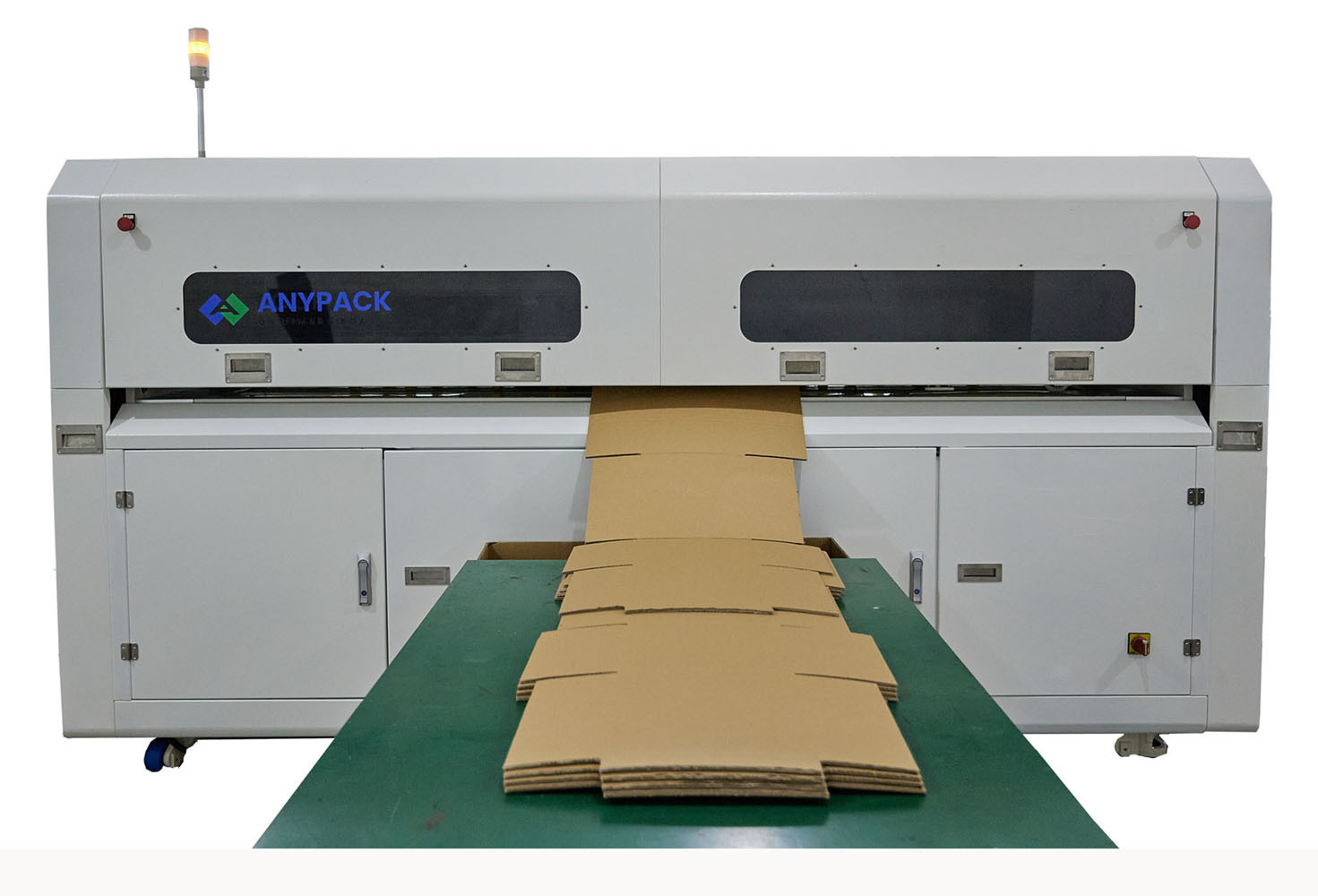In the world of packaging, where functionality meets creativity, the humble corrugated box plays a pivotal role. Often overlooked, these cardboard structures are the unsung heroes of product transportation and storage. However, there’s more to Corrugated Box Making Machine than meets the eye. This blog delves into the intricacies of corrugated box creation, exploring the fascinating process that goes beyond the surface.
The Anatomy of Corrugated Boxes:
To truly understand the complexities of corrugated box creation, it’s essential to dissect its anatomy. At its core, a corrugated box consists of three layers: a wavy inner layer, known as the corrugated medium, sandwiched between two flat outer layers called liners. This seemingly simple structure forms the basis for a versatile and durable packaging solution.
Raw Materials and Sustainability:
The journey of a corrugated box begins with its raw materials. Most commonly, these boxes are crafted from a combination of paper pulp obtained from pine and spruce trees. The emphasis on sustainable practices has led to the adoption of recycled fibers, making corrugated boxes an eco-friendly choice.
The corrugated medium, responsible for the box’s strength, is created by passing paper through a corrugating machine, which shapes the paper into the characteristic wavy pattern. The liners, on the other hand, are made by gluing flat paper sheets together. The careful selection of raw materials and manufacturing processes contributes to the overall strength and resilience of the finished product.
Box Design and Customization:
Corrugated boxes are not just about functionality; they are also a canvas for creative design. The possibilities for customization are endless, from choosing the right size and shape to incorporating eye-catching graphics and branding elements. The printing process, typically done using flexography, allows for vibrant and high-quality designs that enhance the visual appeal of the packaging.
Structural Design and Engineering:
Creating a corrugated box that not only looks good but also provides optimal protection for its contents requires meticulous structural design and engineering. Packaging experts analyze factors such as the weight and fragility of the product, the shipping conditions, and stacking requirements to determine the ideal box design. This careful consideration ensures that the box not only protects the product but also minimizes waste and shipping costs.
Quality Control and Testing:
The reliability of a corrugated box is subject to rigorous quality control measures. Manufacturers conduct various tests, including edge crush tests, burst strength tests, and compression tests, to evaluate the box’s structural integrity. Only boxes that meet strict quality standards are deemed fit for packaging purposes, ensuring that products reach their destination intact.
Conclusion:
The creation of corrugated boxes goes far beyond the surface, involving a sophisticated interplay of materials, design, and engineering. As we unwrap our purchases or receive packages, it’s worth taking a moment to appreciate the thought and precision that goes into crafting these seemingly simple yet indispensable containers.
